
Single-use technologies have become increasingly prevalent in final fill/finish operations for biologics.

Single-use technologies have become increasingly prevalent in final fill/finish operations for biologics.

Catalent’s GPEx technology was used to develop antibody for anti-methamphetamine clinical study.

Aseptic fill/finish is crucial in biopharma manufacturing and is optimized through automated technology.
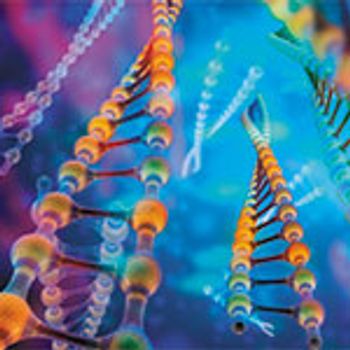
Transcriptomics plays a role in influencing the production of recombinant therapeutics in microbial and mammalian hosts.

Advances in wearable devices have made it possible to deliver high-volume, high-viscosity biologics.

Researchers at the University of Illinois developed a method to transplant pancreatic islet cells from pigs more easily to treat type I diabetes.

Conducting stability testing on APIs/finished drug product helps ensure shelf-life storage.

ADC Bio experts warn of impending problems in the ADC pipeline with millions wasted in development costs.

The authors of the study believe it could have significant implications for the discovery of new dermatological products for major diseases such as psoriasis.
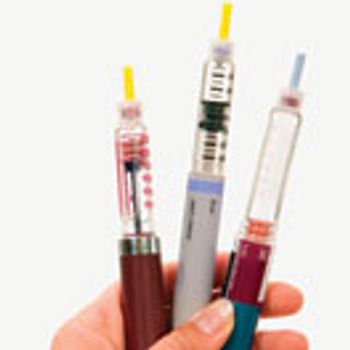
Siliconization is a key process step in the manufacturing of prefilled syringe systems.

Through the support of the Japanese agency, Daiichi Sankyo intends to further develop its genetic vaccine platform focused around its new nucleic acid delivery technology.

Gelest, a manufacturer and provider of silane, silicone, and metal-organic compounds, released a range of dual-function poly(ethylene glycol) (PEG) reagents that enable new approaches to PEGylation for bioconjugates.
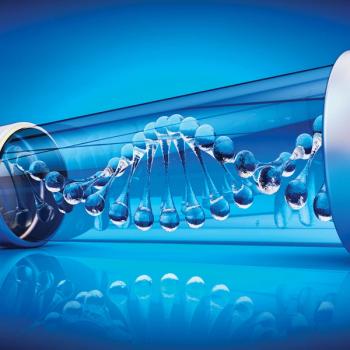
There is a lot of interest in delivering biologics via non-invasive routes in attempt to improve patient compliance and convenience.

Microdermics will focus on product development and clinical activities of new drug delivery methods, while Vetter’s primary role will be in the fill and finish aspect.

Researchers test the efficacy of a new polymer that is an alternative to PEG for drugs used to treat type 2 diabetes.

The baculovirus-insect cell system can produce large quantities of complex protein in a short period of time.
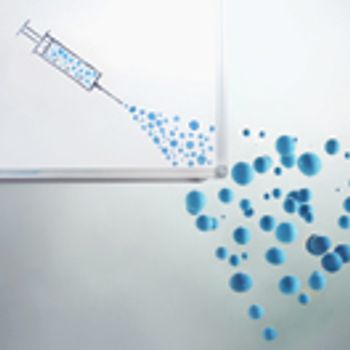
Challenging molecules and markets are driving the development of new solutions for drug delivery.

A new study examines the oral delivery of protein drugs in plant cells and hypothesizes that the cold storage and transportation of biologics could someday be eliminated.

The wearable devices for the delivery of biologic products are now being manufactured and will be tested in clinical trials in the near future, according to the company.

The company’s method reduces the time required to crystallize antibodies from weeks to one day.
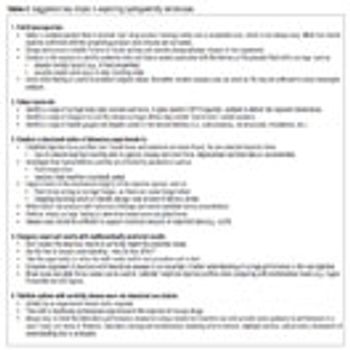
Selecting a delivery method early on may be beneficial.

The company plans to reformulate injectable products to make them into inhaled and intranasal medications.

The company announced plans to begin PIONEER, a Phase IIIa program comprising seven trials of approximately 8000 people with type 2 diabetes.
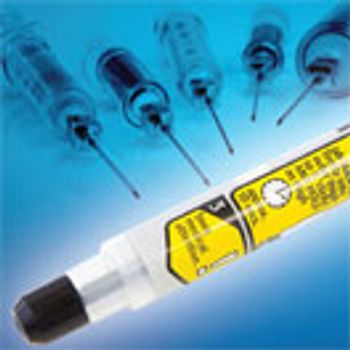
Industry experts spoke to BioPharm International about the key considerations in the development of a drug-delivery device for a biologic drug, the importance of human factors engineering, the advantages of prefilled syringes, and the challenges in the manufacture of these devices.

A vaccine patch may eliminate the need for traditional means of vaccine distribution, according to an article in NPR.